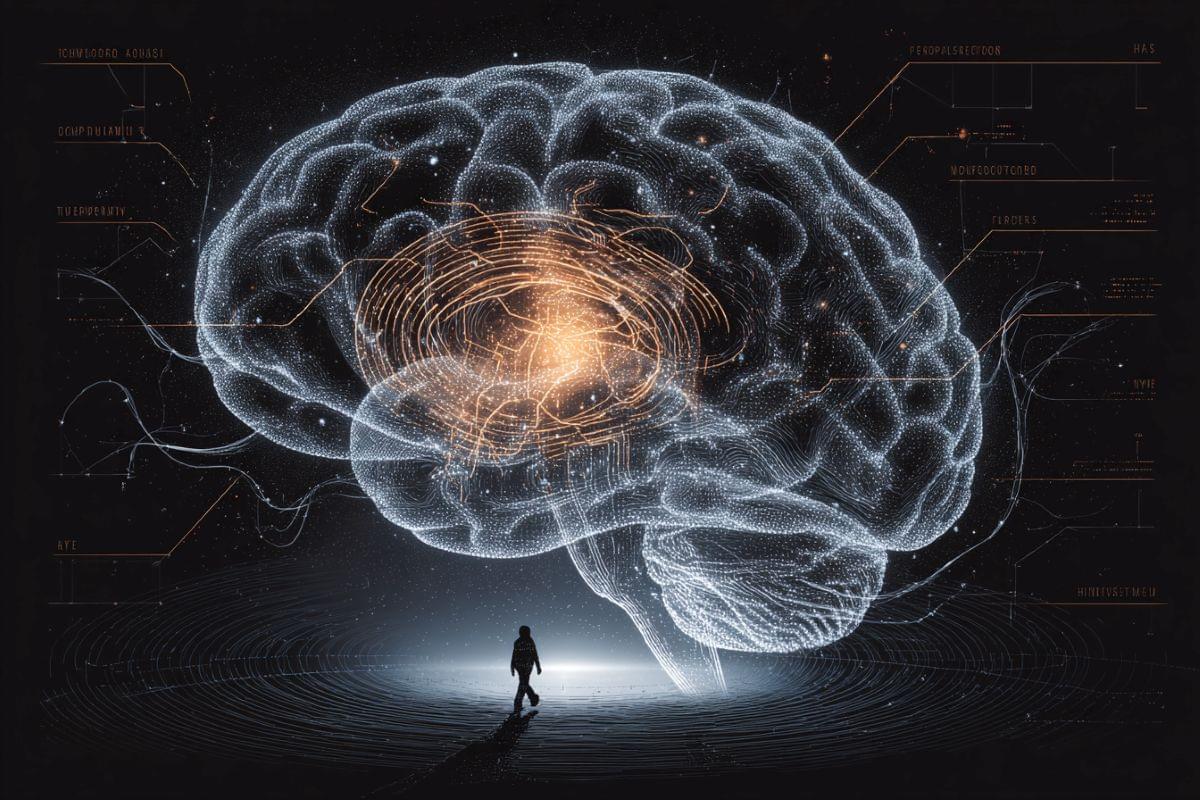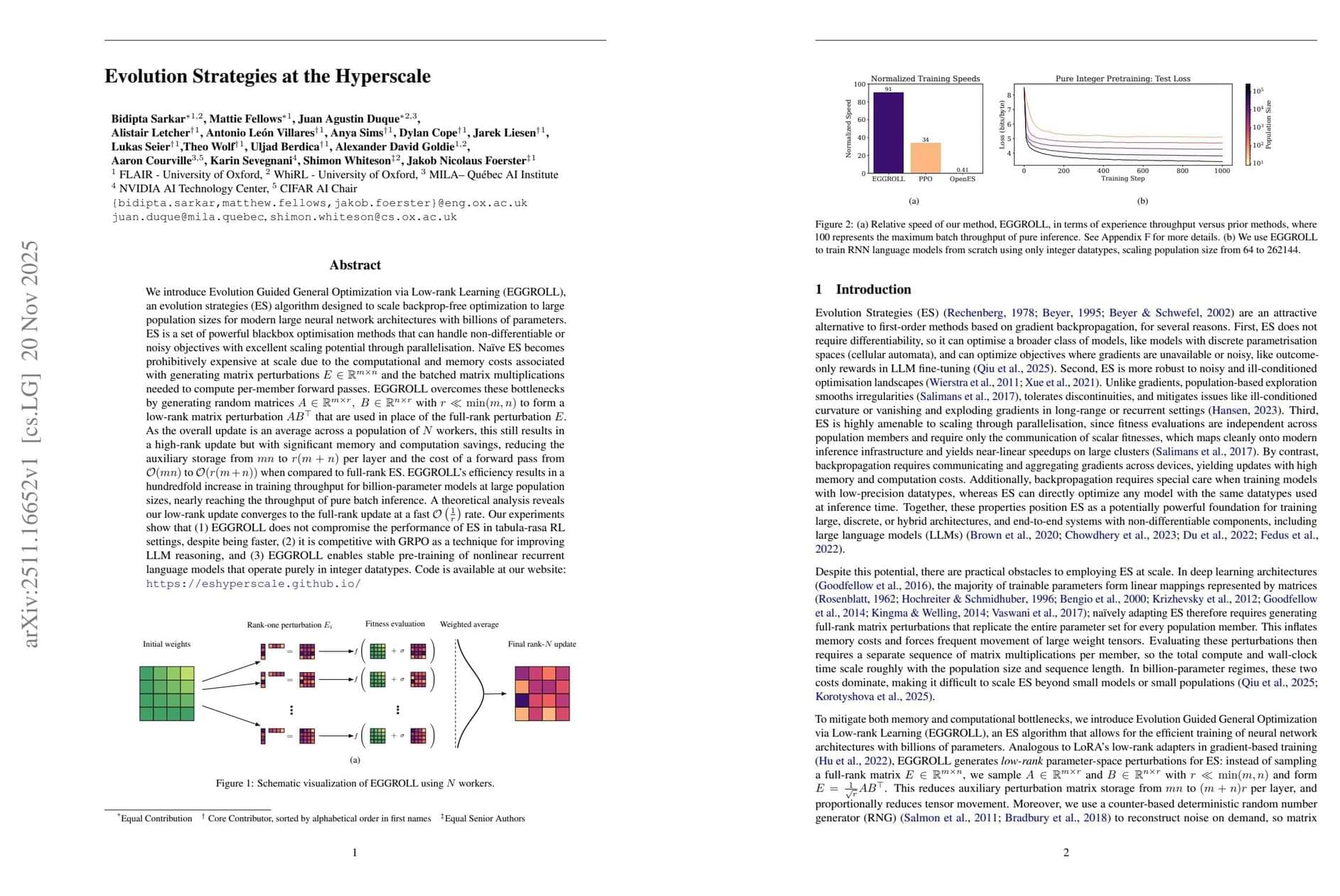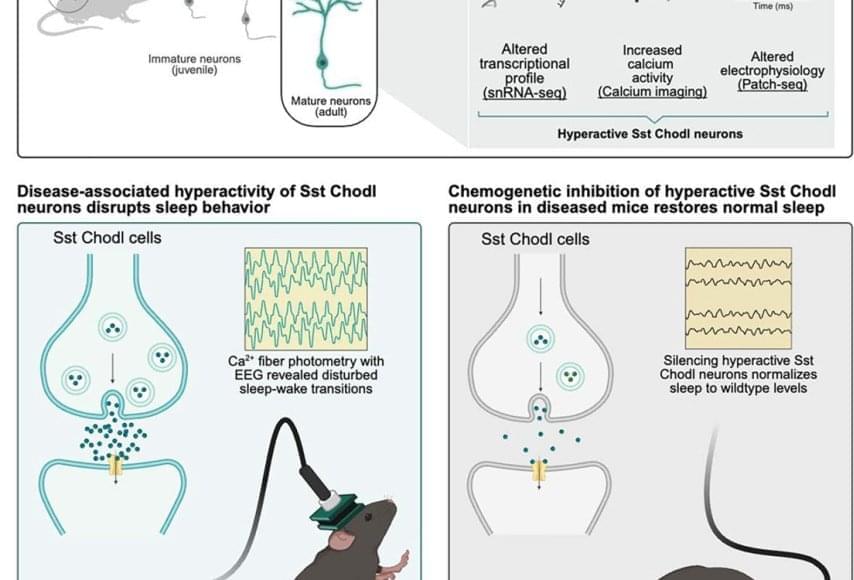X-ray “molecular movies” reveal how intense lasers tear apart C60 molecules and push us closer to directing chemical reactions with light.
Get the latest international news and world events from around the world.




CISA warns Oracle Identity Manager RCE flaw is being actively exploited
The U.S. Cybersecurity & Infrastructure Security Agency (CISA) is warning government agencies to patch an Oracle Identity Manager tracked as CVE-2025–61757 that has been exploited in attacks, potentially as a zero-day.
CVE-2025–61757 is a pre-authentication RCE vulnerability in Oracle Identity Manager, discovered and disclosed by Searchlight Cyber analysts Adam Kues and Shubham Shahflaw.
The flaw stems from an authentication bypass in Oracle Identity Manager’s REST APIs, where a security filter can be tricked into treating protected endpoints as publicly accessible by appending parameters like?WSDL or ;.wadl to URLpaths.

Nvidia confirms October Windows updates cause gaming issues
Nvidia has confirmed that last month’s security updates are causing gaming performance issues on Windows 11 24H2 and Windows 11 25H2 systems.
To address these problems, the American technology company released the GeForce Hotfix Display Driver version 581.94.
“Lower performance may be observed in some games after updating to Windows 11 October 2025 KB5066835 [5561605],” Nvidia said in a support document published earlier this week.

Opinion: A bursting bubble could indeed be painful in the short term
But what if we’re in a “rational bubble” that, unlike other big speculative manias in history, takes our economy to a fundamentally better place?
I’m borrowing the phrase “rational bubble” from conversations with a Nobel laureate in economics, my friend A. Michael Spence. Bubbles seem by definition irrational. They grow as investors — often hostage to exuberant, herd-like behavior — push valuations well beyond anything warranted by the fundamentals on the ground.
However, the A.I. excitement, as seen in the blowout Nvidia earnings on Wednesday, rightly reflects the potential transformation of the entire economy. It is economically rational to risk losing everything on several bets if just a few can deliver a thousandfold return, which some A.I. investments almost certainly will.


Evolution Strategies at the Hyperscale
EGGROLL is a novel optimization algorithm that utilizes low-rank perturbations to significantly enhance the scalability and efficiency of Evolution Strategies for training large neural networks, achieving up to a hundredfold improvement in training throughput while maintaining competitive performance.

Cortical GABAergic projection neurons are implicated in schizophrenia
Schizophrenia stems from abnormal brain development, which can begin even before birth. Yet symptoms typically don’t appear until later in life.
“For a long time, the brain is able to compensate for developmental errors and maintain relatively normal function. But at some point, it’s like a chain snapping — the brain can no longer compensate, and that’s when symptoms emerge. Until that point, however, prevention should be possible,” says one of the study’s first authors.
They investigated when this turning point occurs. By tracking brain development from the fetal stage to adulthood, they found that dramatic changes happen late in the brain’s development. Up until the transition from childhood to adolescence, molecular and functional changes in the brain were rather minor, likely explaining lack of symptoms before adolescence.
The researchers have worked with mice carrying a specific genetic mutation known as “15q13.3 microdeletion syndrome.” In humans, this syndrome is associated with epilepsy, schizophrenia, autism, and other neurodevelopmental disorders.
“We know that sleep is often disrupted in people with psychiatric disorders, so we chose to use sleep as a behavioral marker—something we could observe. We examined both the mice’s behavior and the activity of a specific type of brain cell. Our findings show that one particular cell type (γ-aminobutyric acid (GABAergic) projecting neurons) is significantly affected in the test animals compared to healthy mice,” explains the author.
These GABAergic rare brain cells are often overlooked because they make up only a tiny fraction of the brain’s total cell population. Nevertheless, they play a crucial role in regulating many brain functions.
The new study not only demonstrates a link between this specific type of brain cell and sleep — it also shows that the mice’s sleep patterns began to resemble those of healthy mice when researchers reduced the activity of the cell type in question.